It’s happened to me only once. And that’s probably because I’m not a famous photographer. But that’s not to say it can’t happen to any of us. Image theft is commonplace these days because of the sheer volume of images we post online without a second thought. While I was able to resolve my issue of image theft relatively quickly, more prominent photographers have had challenging times. We spoke to a few of them to understand their experiences when their images were stolen. They also provided some valuable tips on how to safeguard your image copyrights.
It can’t have been more than 7 years ago. Some days after photographing the horse races at a local meet, I checked online to see which images were used. To my surprise, it wasn’t just my client who had posted them. Someone had used my photographs of the race on their racing blog. I can’t say I wasn’t ever so slightly flattered at the usage. However, it was wrong on every level to have my photographs used without permission. Even if it was just for a personal blog based out of the UK. Not to mention that those images were shot exclusively for the client.
A Cordial Conversation Sorted The Matter
I decided to shoot a polite email off to the blog owner, explaining that he shouldn’t be using those images. Not certainly without my consent. I expected to either not receive a response or to get a reply dismissing my concerns. After all, why would someone want to engage with me when I was in the right. Quite to the contrary, the gentleman apologized for using my photos. He didn’t think it was something that needed checking. This, of course, meant that it wasn’t the first time he used an image in this way. It was just an image he found (on the client’s site), and he decided to use it on his blog. Clarifying matters with him via email ensured that he took it down. A fairly easy task for me to resolve. But not for the handful of photographers I interviewed experienced when their images were stolen.
Daniel Cheong
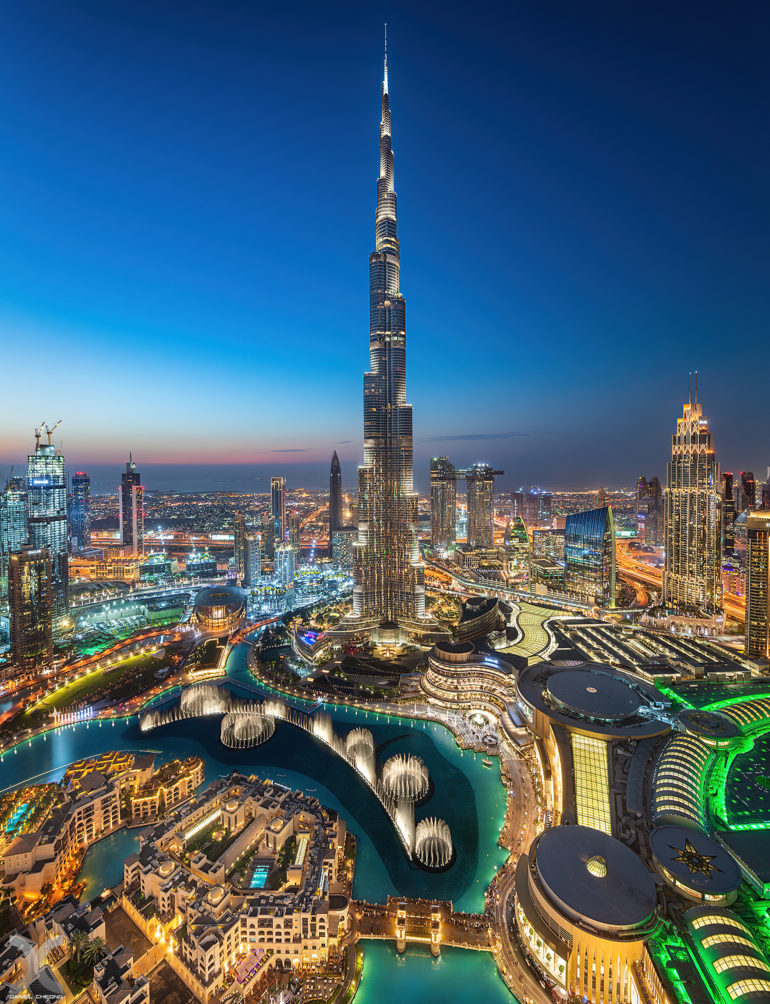
The photographer who is arguably the one responsible for the images of Dubai’s skyline going viral on the internet, Daniel got into photography seriously in 2006 when he purchased a DSLR. It was a few years later that his photographs of Dubai began uncontrollably doing the rounds on social media. “I indeed felt very bad and powerless as I had no idea what to do at that time,” says Daniel, “but photography at that time was still a hobby, and I kind of let it go.”
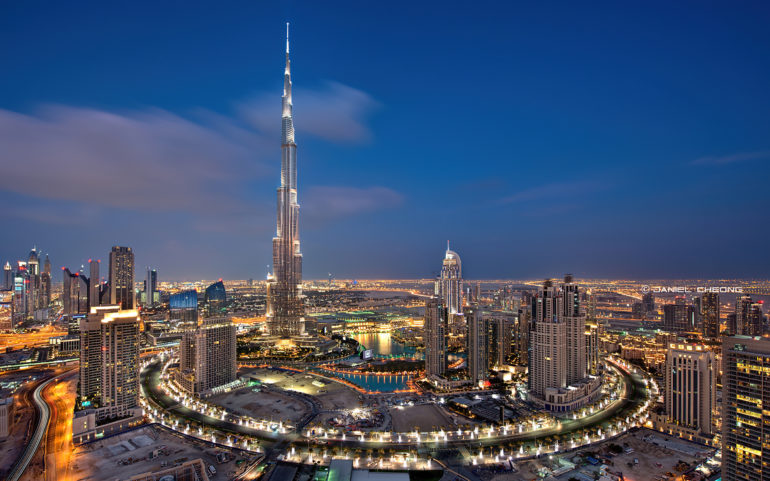
With no real idea how to go about it back then, he abandoned the idea of trying to get these pages and sites to stop using his work. In 2017 he met with photographer Albert Dros, whose friend founded the company PhotoClaim. “It might have been the smartest move I ever made as a professional photographer,” states Daniel about his decision to sign up with the company. “Since I joined them, my income has always been very substantial, higher than my ‘normal’ photography income. They use a very powerful image search engine, which can even detect a very small portion of the image (used in a banner, for instance) or even on a PDF file. Some of my photos have been detected on over 8000 websites. They also have a team of lawyers who will relentlessly pursue the company/individual who illegally used the image.”
The process with Photoclaim is very simple: they provide a web app which will display all the photos which were found, and you just have so select those who you think has been illegally used.
Daniel Cheong
Ingrid Irsigler
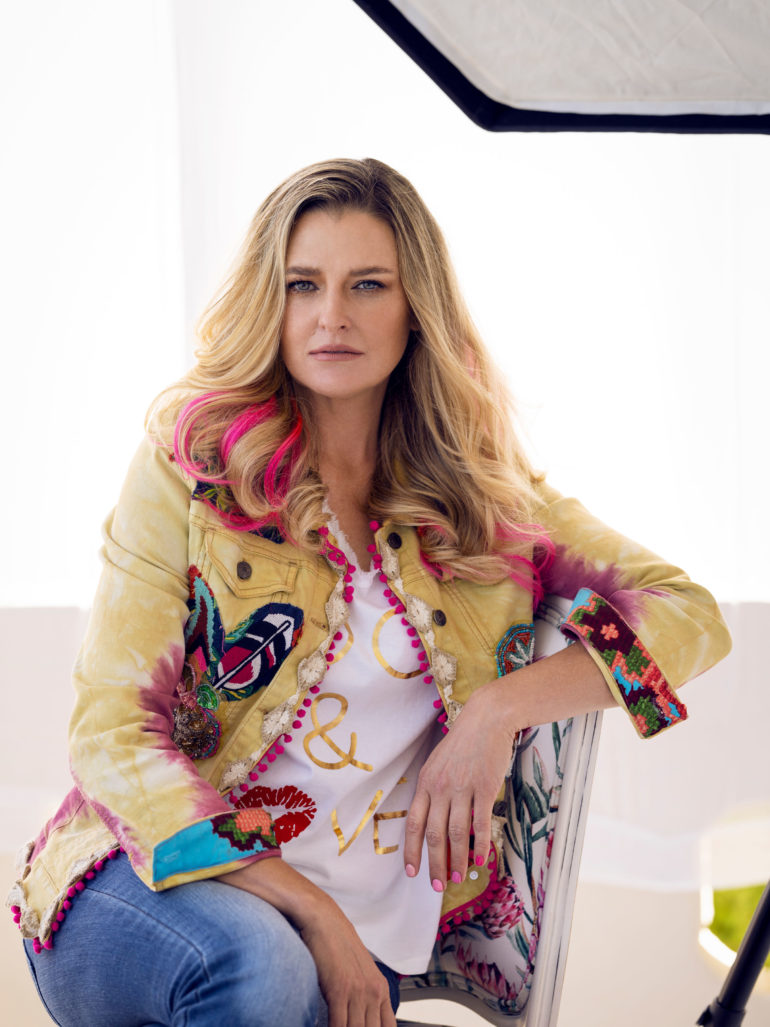
We spotted a project of Ingrid’s on Behance some years ago and did a feature about it. Since then, Ingrid has gone on to have considerable success as a photographer. The United Nations sanctioned a photo project of hers. She was also one of just nine creatives around the world chosen by the Schleswig-Holstein State Museum to take part in a humanitarian project for Saatkultur*. When it comes to image theft, Ingrid finds this to be an extremely stressful situation to be in. What troubles her most about it is the difficulty in tracking and locating where the images have been used without permission.

Marketing Companies Overstepping Boundaries
One of the biggest issues she has come across is theft from other photographers – where they add her work to their portfolios. “As my work is highly recognizable due to my style being so identifiable,” clarifies Ingrid, “I have thankfully had many of these thefts sent to me – where I have reported these photographers to the platforms they are posting my images on. I have also had a few instances with my Aviation client where other aviation companies have “stolen” the images my team, and I have created for them and used these photos for their marketing. The aviation companies usually blame their marketing companies.”
“I do have a clause in my contract that covers any liability – which I cannot stress enough, how important this is for photographers to include in their terms and conditions,” Ingrid mentions. Her contract was put together by one of the top legal firms in South Africa that deal with IP and usage law. She went on to stress the importance of understanding the legal rights of images in your country and the ownership and liability law. This awareness has meant that she’s been able to get the offending parties to stop using her images unlawfully. “It has not been necessary to date to get legal help with this”
I feel that the moment we upload our images onto social media we lose control
Ingrid Irsigler
Eric Adeleye
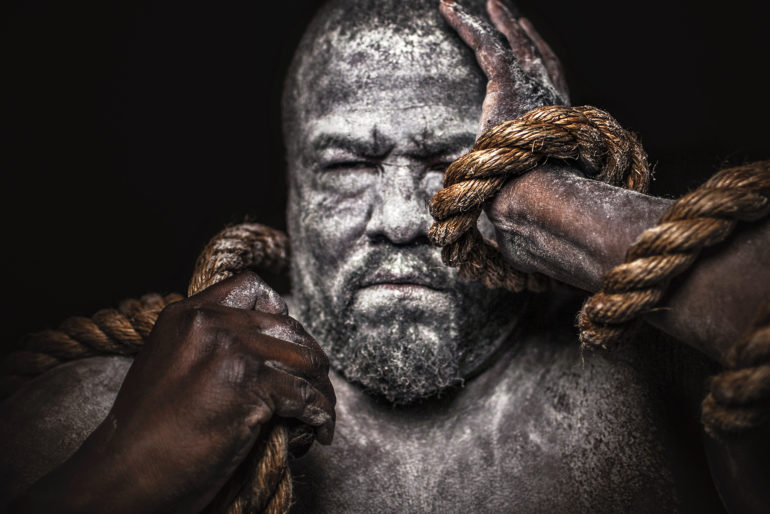
Image theft has angered professional photographer Eric Adeleye, who has discovered his images on various Facebook groups. “I was angry about my photographs being used because the person was taking photographs from people in a Facebook photography group and promoting the images as his own,” he explains. He rightfully sums up the conundrum of posting images on social media. “Photography is a visual art medium which requires a photographer to show their work to the public. If a photographer posts their work on social media or their website, it is impossible to stop someone from taking a screenshot of the photograph. The only other way is to not display your photography work on the Internet or social media platforms.”
Register Your Copyright
I did ask Eric what he felt was the best way for photographers to safeguard their images. Being based in the USA, he advocates registering your photographs with the United States Copyright Office. “Registering my photographs with the United States Copyright Office is the only method I rely upon. I do not place watermarks on my photographs because they are distracting and detract from the story displayed in a photograph. Photographers can also give their clients a photography release form that stipulates how a photograph can be used by a client.” He also mentions an important point about the terms and conditions of social media websites.
“Read through the End User License Agreement for social media platforms that a photographer participates on,” rightfully warns Eric. “There may be language buried within an EULA that states that a photographer relinquishes their copyright if they upload an image to a platform, or sharing an image on a social platform or website gives the site owner license to use the image however they want.”
Placing a watermark on an image is not an effective way of protecting an image. Anyone can use Photoshop to remove a watermark. Embedding metadata into a photograph is good, but the embedded metadata can be removed from an image using a software application
Eric Adeleye
Katarina Premfors
As a professional photographer for 3 decades now, Katarina is someone whom I knew would have some hard-hitting stories on the topic of image theft. I was extremely pleased when she agreed to speak about them upon my request. There were two events she had the misfortune of going through, which changed her approach to image copyright from a legal perspective.
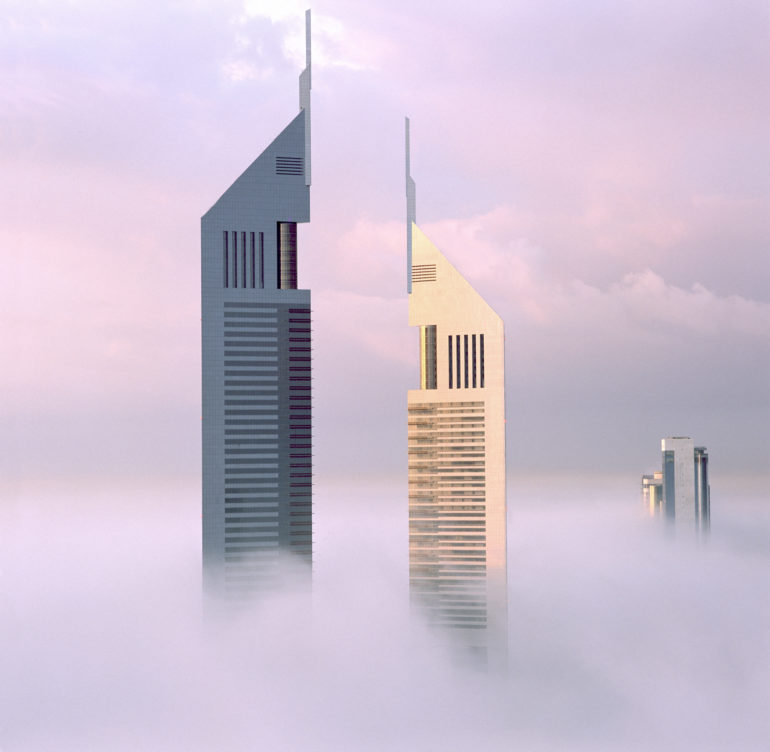
“The first instance was a feeling of being a complete underdog, and I felt quite abused and taken advantage of,” Katarina told me. “The image in question was for a hotel chain, and it was an architectural image of their newest ‘marvel’ of a building. I spent a couple of weeks scouting and waiting for the right weather, and I got a cracking image. A first of its kind. My contracts were made by a production agency, and rights were not really discussed. It was not something I was much aware of at that time. The image was used for the hotel chain and went on to be used for the national airline and the tourism board. The tourism board seems to have passed it along to everyone else, and I still come across it in books and online.”
Sadly for Katarina, she wasn’t able to pursue a legal route in this instance. “Because the contract was so poorly worded, I had no comeback. I did approach them, and their legal team said as much. My compensation for the shoot was 200 USD. Lesson learnt; I tightened up my contracts and learnt about usage rights”

Lawyers Step In
The second time around, Katarina was able to get justice done. “It was a job for a branding agency, and the client was a government entity,” she explains. “A while after the job, one of those images appeared on the front web page of the newly launched tax authority website. I immediately contacted a lawyer and had them write a legal notice. This time I knew I had my ducks in a row, and I was confident about approaching a government entity. The response was immediate, and the image came down. The image in question had been taken from my website by the web design company. I was asked and told I had a very good chance of receiving compensation, but with an upfront legal fee of over 10,000 USD to launch a case, I let it go.”
Katarina uses the services of the image theft protection website Pixsy to keep an eye on her images.
Because a lot of my images are with image libraries it becomes a separate full time job knowing where everything is being used
Katarina Premfors
Tony Gale
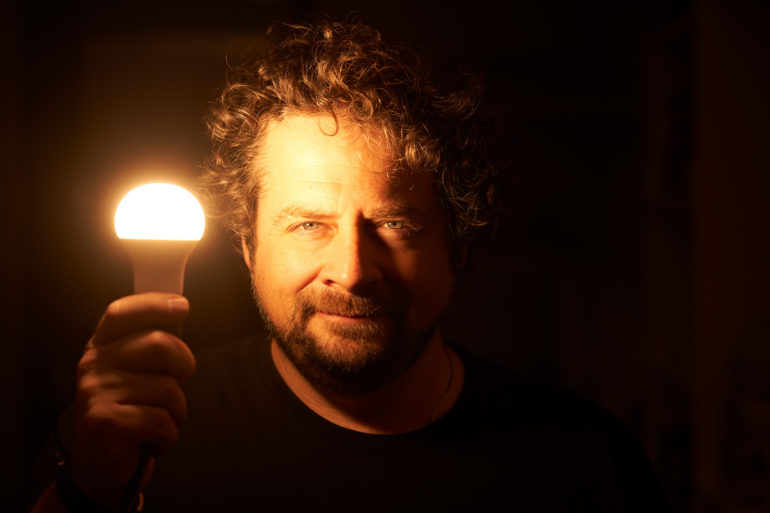
Another professional utilizing the services of Pixsy is NY-based photographer Tony Gale. But he also recommends other sites, such as ImageRights and Copytracks. No one site is a one-stop solution, he feels. “It’s a frustrating and complicated situation,” says Tony. “I think you will find with some online searching people who have been unhappy with many of them as well.” On being asked about the first time he realized an image of his was stolen, he said it sickened him a bit. “It’s also just awkward,” he clarified. “I have used DMCA takedown notices on some and ignored others. Most of what I have found was relatively minor. If it was a big commercial usage, I would absolutely go through a lawyer.”
Unlike Ingrid, Tony doesn’t feel that technology like blockchain or digital image signatures can currently help to verify image ownership. Nor does he feel watermarks help with preventing image theft. “I never use watermarks; that said, if someone removed a watermark, then the potential legal penalties are much higher,” he says. Echoing what Eric mentioned, he agrees that the single most important thing is to register your copyright.
It’s clear that image theft will be around easily as long as digital images are there. Technology might be years away from eradicating it. The best thing we can do now is to know our rights and the way forward when are images are stolen. As straightforward as it should be around the world, copyright laws still vary from country to country. It is imperative that you’re well aware of the these laws. In the inevitable scenario that an amazing photograph of yours is used without your permission, hire an experienced lawyer to know what the best legal route is.


